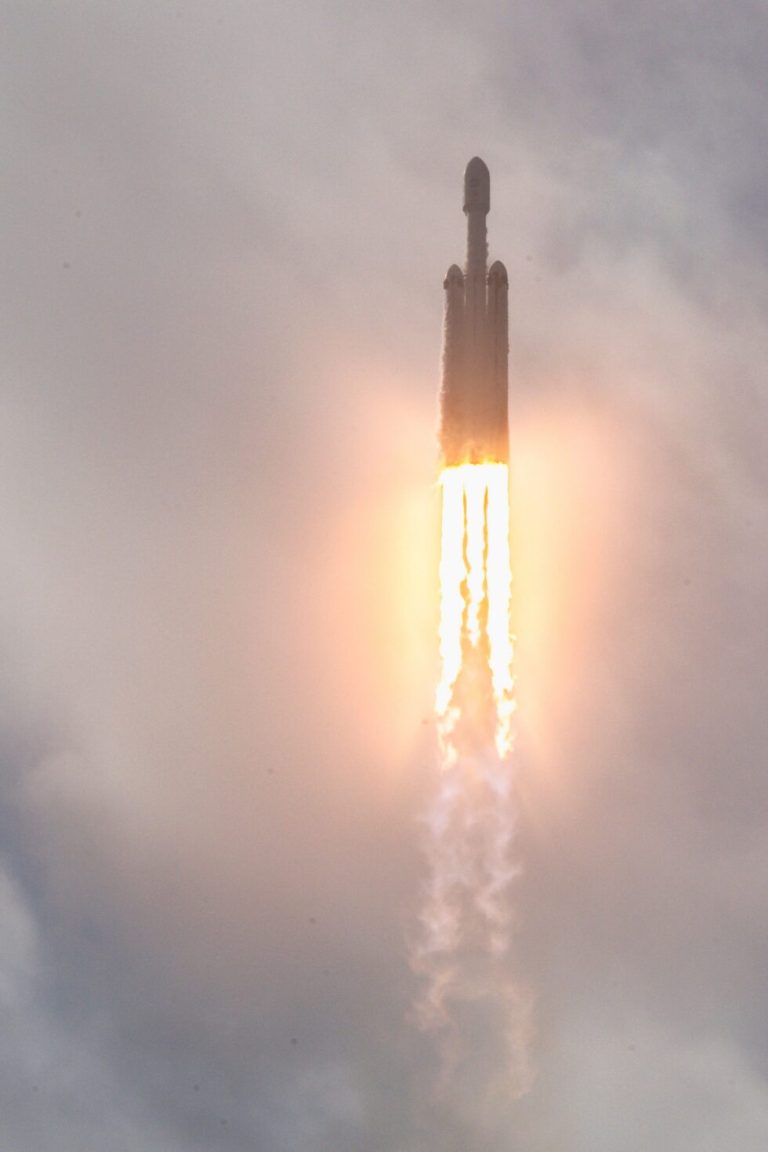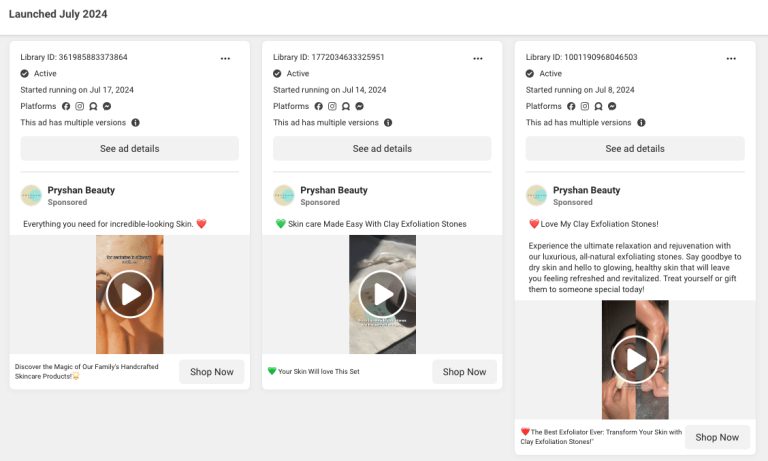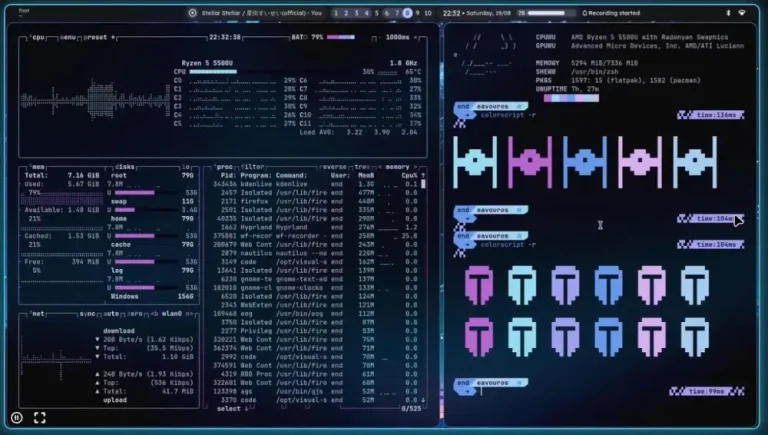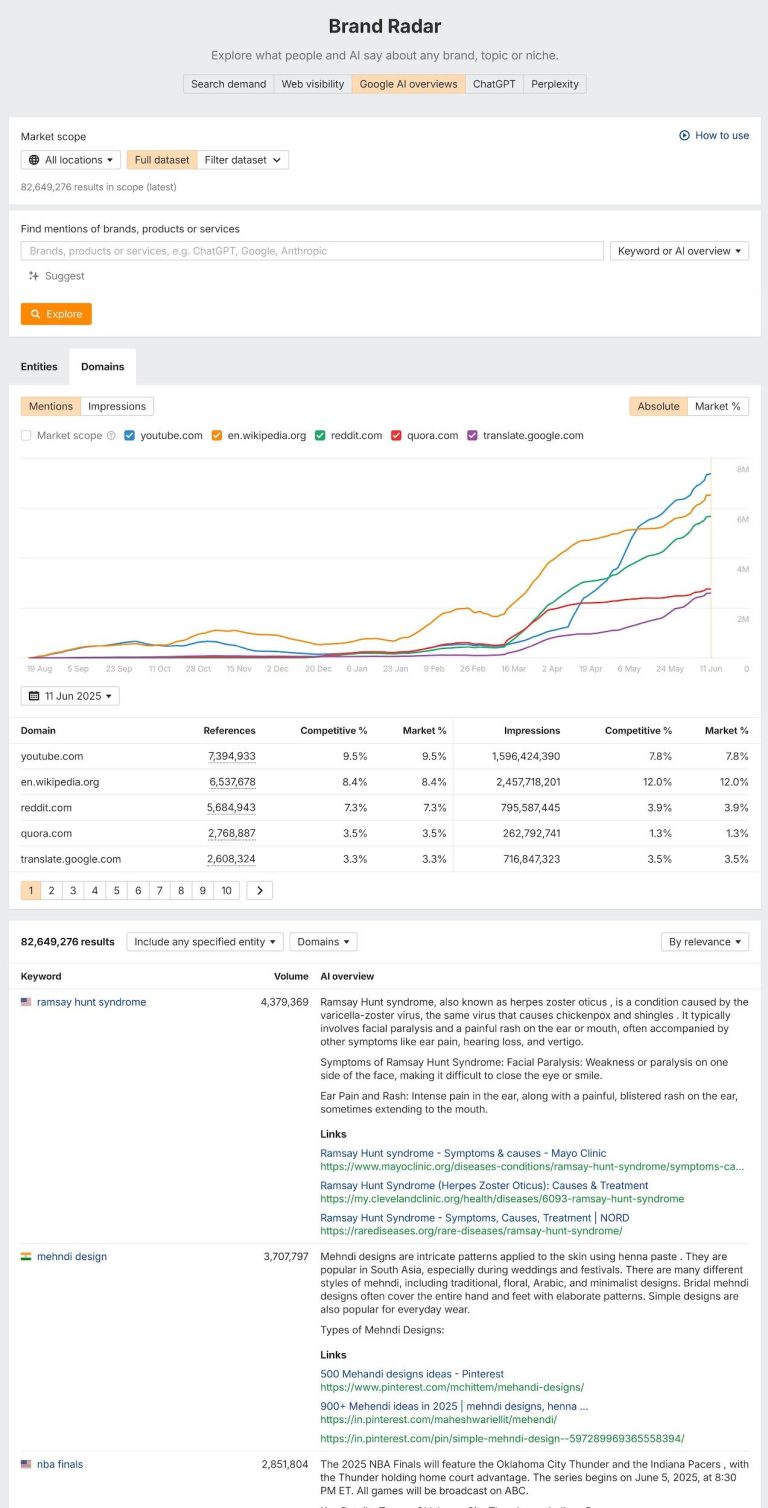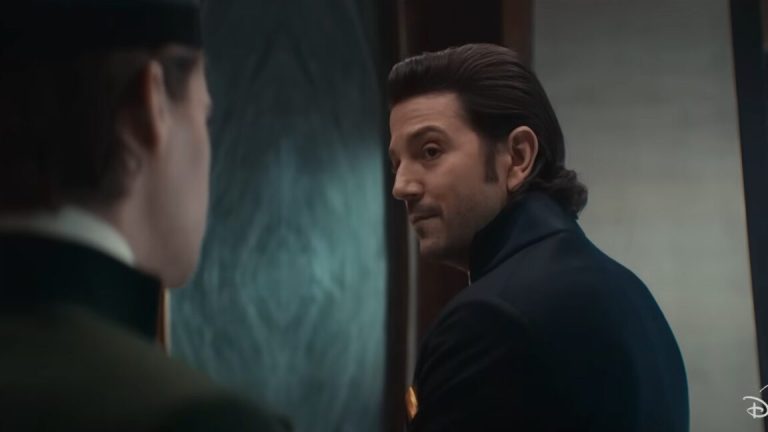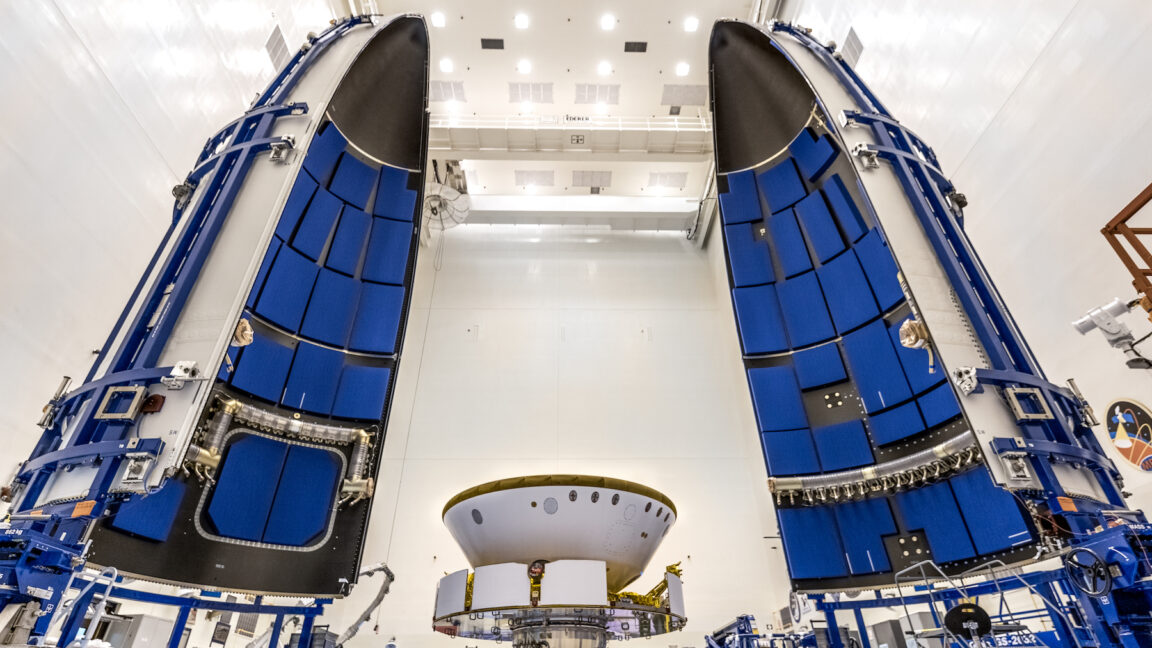
The Vulcan and Atlas V use similar composite payload fairings, both made by Beyond Gravity, the space division of the Swiss company RUAG. The same company also supplies payload fairings for Europe’s Ariane 6 and Vega rockets. Beyond Gravity manufactures Atlas V and Vulcan rockets adjacent to ULA’s rocket factory in Decatur, Alabama.
“The Vulcan payload fairing is built by the same supplier on both Atlas and Vulcan, and I would say there are substantial differences and substantial similarities between the Vulcan and the Atlas payload fairings, similarities in terms of the manufacturing processes in that they use a low pressure oven… and basically the same type of carbon-fiber layup techniques,” Horne said.
ULA now has a second “observation” to investigate as the company prepares to launch the first operational flight of the Vulcan rocket. On the second Vulcan test flight on October 4, the nozzle fell off one of the rocket’s strap-on solid-fueled boosters less than 40 seconds after liftoff. The booster kept firing, and Vulcan’s main engines compensated for the asymmetrical thrust from the two strap-on motors, allowing the rocket to complete its climb to space and reach its planned trajectory.
Despite the booster nozzle failure, the Vulcan rocket’s performance to overcome the problem convinced ULA and Space Force officials that there is no need for another test flight. Space Force officials hope to launch the first national security mission on Vulcan before the end of the year. ULA is already stacking the Vulcan rocket for this launch, although officials have not set a launch date as engineers comb through data on the booster anomaly and ensure the payload fairing is good to go.
While Horne would not discuss the payload fairing debris observations in detail, he said the Space Force could elect to certify the Vulcan rocket for national security launches “with open work as long as we’re satisfied that we’re on a good path to resolution” of any technical issues.
“In any case, where you may have a crossover between similarities, design, and production, you’re always looking to ensure that you don’t have a similar sort of issue, even if it’s a significantly different mission profile, like Vulcan,” Horne said.

